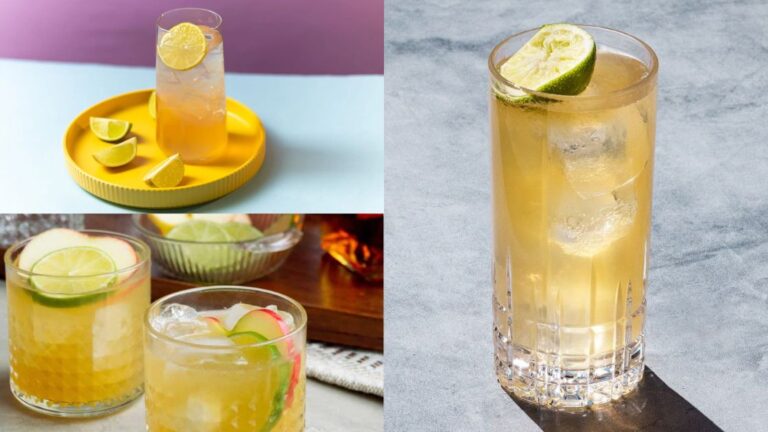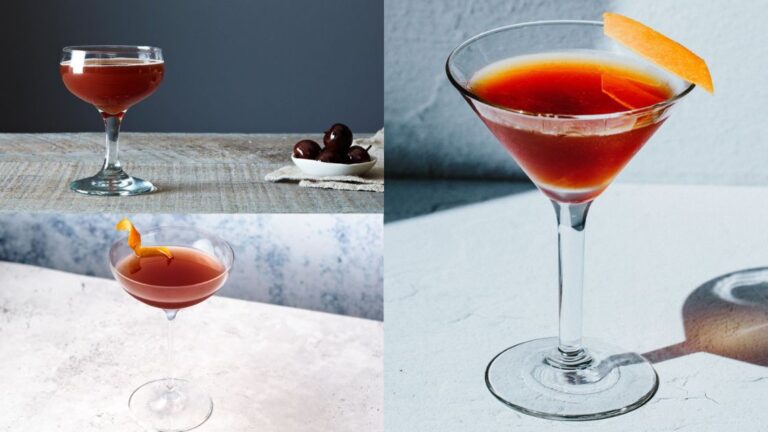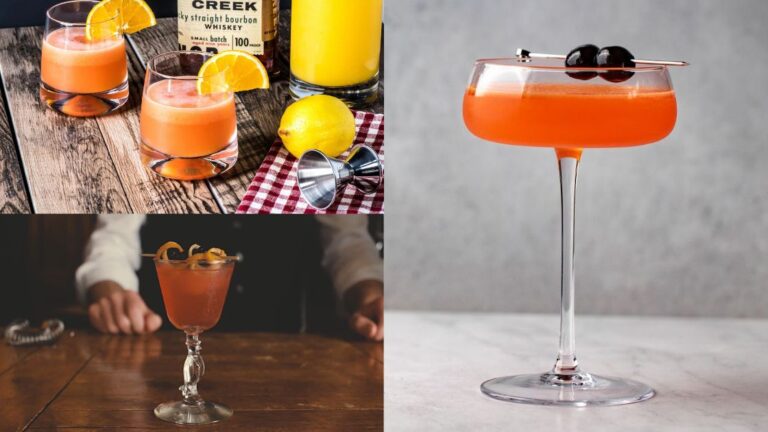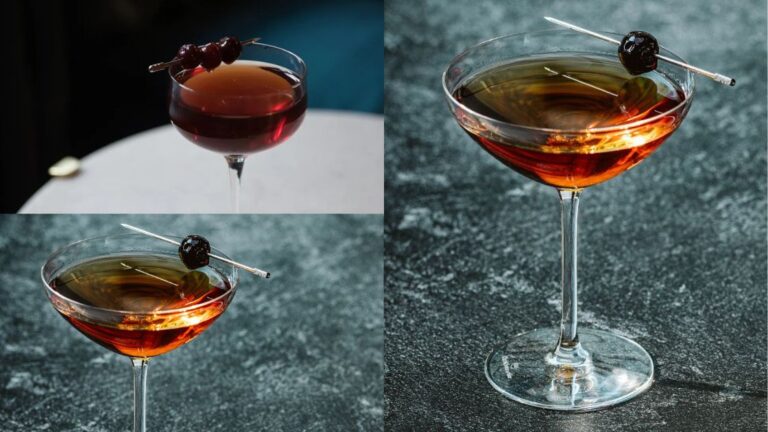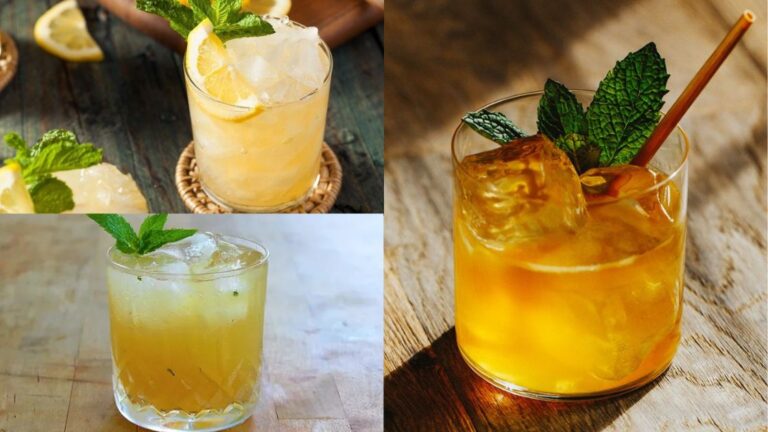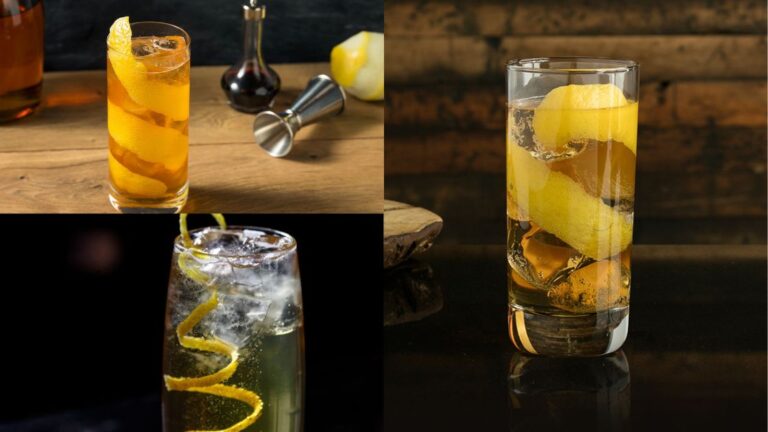Whiskey has woven its rich tapestry throughout history, leaving an indelible mark on cultures worldwide. As societies evolved, so did their appreciation for this distilled spirit. But what truly sets whiskey apart? The aging process. Delving into this journey, we uncover the magic that transforms a simple distilled liquid into a symphony of flavors and aromas over time. Let’s explore how history shaped whiskey’s significance and unravel the mysteries of its aging process.
The Basics of Aging Whiskey

When whiskey ages, it embarks on a transformative journey. Inside the confines of wooden barrels, the liquid interacts with the wood, leading to the development of its color, character, and complexity. These barrels, often made of oak, are not mere storage vessels; they breathe, allowing the spirit inside to expand and contract with temperature fluctuations. As whiskey seeps into the charred inner layer of the barrel, it extracts flavors like vanilla, caramel, and tannins.
At a molecular level, an intricate dance of chemical reactions occurs. Alcohols and acids merge to form esters, giving rise to fruity and floral notes. Phenolic compounds, introduced from the wood, contribute to the smokiness and spiciness in some whiskeys. Meanwhile, oxidation plays a role in mellowing the spirit, softening its sharp edges. The outcome of this aging process is a harmonious blend of flavors and aromas, turning raw spirit into the refined whiskey we cherish.
Factors Influencing the Aging Process

The aging process of whiskey is not merely a function of time. Various factors come into play, shaping the final character of the spirit.
- Climate: Temperature and humidity hold significant sway over how whiskey matures. In regions with fluctuating temperatures, like Kentucky, the spirit frequently expands and contracts within the barrel, intensifying its interaction with the wood. Conversely, in consistently cool climates, like Scotland, aging tends to be more gradual. High humidity can prevent excessive evaporation of water, preserving the alcohol content, while low humidity can lead to a higher evaporation of alcohol, creating a mellower drink.
- Size and Type of Barrel: The barrel’s size directly influences the surface area the whiskey interacts with. Smaller barrels have a greater surface area relative to their volume, leading to a faster exchange of flavors. The type of wood, usually oak, also plays a pivotal role. Different oaks, like American versus European, impart distinct flavors. The previous use of the barrel, such as sherry or wine casking, can add additional layers of complexity to the whiskey.
- Position in the Warehouse: Not all spots in a whiskey warehouse are created equal. Barrels stored at higher levels experience more heat, accelerating the aging process. Conversely, those at lower levels remain cooler, leading to slower maturation. Air circulation around the barrels also affects evaporation rates and, consequently, the whiskey’s final character.
In the intricate ballet of whiskey aging, understanding these factors allows us to appreciate the myriad influences that culminate in the glass before us.
How Long Do Different Whiskeys Age?

The aging duration of whiskey varies widely based on the type, region, and specific traditions. Here’s a breakdown:
- Scotch: By law, all Scotch whisky must age for a minimum of three years, though many are aged much longer, often 10, 12, 18 years, or more. The age statement on a bottle of Scotch indicates the youngest whiskey in the blend. Regions within Scotland, like Speyside or Islay, have their own traditional aging durations, influenced by the local climate and production practices.
- Bourbon: While there’s no minimum aging requirement for bourbon in general, to be designated as “straight” bourbon, it must be aged for at least two years. Furthermore, any bourbon aged less than four years must state its age on the label. The warm and humid climate of Kentucky, where most bourbon is produced, often leads to a faster maturation process compared to cooler climates.
- Irish Whiskey: Irish whiskey typically undergoes a three-year minimum aging process, similar to Scotch. However, the climate in Ireland, with its mild temperatures and consistent humidity, gives rise to a distinct aging profile. While many popular brands offer 12-year-old expressions, you’ll also find varieties aged for several decades.
- Other Global Varieties: Whiskey production spans the globe, from Japan to Canada. Japanese whiskies, inspired by Scotch, often age their spirits for similar durations, like 12 or 18 years. Canadian whiskies, on the other hand, have a minimum aging requirement of three years, with many brands offering a range of aged expressions.
Across the whiskey spectrum, while aging duration provides hints about character and depth, it’s merely one factor among many that define a whiskey’s final profile.
Does Longer Aging Mean Better Quality?

The age of a whiskey often garners attention, but does a higher number always equate to superior quality? Let’s delve into this intriguing question.
- Understanding the Peak Maturation Point: Just like wine, every whiskey has a peak maturation point – the optimal period where its flavors and aromas achieve harmonious balance. This isn’t a fixed number but varies based on factors like the type of grain used, the barrel’s characteristics, and the climate of the aging location. Some whiskies might hit their stride in just a few years, while others require decades.
- The Dangers of Over-Aging: Aging whiskey beyond its peak can lead to excessive woodiness, overpowering its nuanced flavors. An over-aged whiskey might taste tannic or overly oaky, overshadowing the spirit’s inherent character. In some cases, the spirit can become too mellow, losing the vibrancy that makes it distinct.
- Perception vs. Reality: Age Statements and Consumer Bias: Many consumers equate age with quality due to effective marketing and a natural inclination to think “older is better.” While age can be an indicator of a whiskey’s character and depth, it’s not the sole determinant of quality. Some younger whiskies might offer a vibrant and complex profile, while older ones could be more mellow and refined. It’s essential to approach each whiskey with an open mind, letting the taste guide perceptions rather than the age statement alone.
In conclusion, while age is a valuable piece of the whiskey puzzle, it’s crucial to appreciate it in context. Quality arises from a combination of factors, with aging being just one element in the intricate art of whiskey-making.
The Rise of No Age Statement (NAS) Whiskeys

The whiskey industry, steeped in tradition, has seen a relatively recent trend: the emergence of No Age Statement (NAS) whiskies. These bottles lack the familiar age declaration, but does this mean a compromise on quality? Let’s explore.
- Why Some Distilleries Are Moving Away from Age Statements:
- Supply and Demand: The global demand for whiskey has surged. Using NAS whiskies allows distilleries to meet this demand without waiting for stocks to age to a specific number.
- Flexibility in Blending: Without the constraint of age statements, master blenders have creative freedom. They can craft blends from a wider range of barrels, focusing on flavor profiles over age.
- Evolving Consumer Preferences: The modern consumer is more open to exploration and values flavor over tradition. NAS whiskies appeal to this adventurous spirit, emphasizing taste over age.
- Aging Limitations: In some climates, prolonged aging can overemphasize woody notes. NAS allows distilleries to blend younger, vibrant whiskies with older ones to achieve balance.
- How Quality is Maintained Without Specified Aging:
- Expert Blending: Master blenders use their expertise to create harmonious blends from barrels of varying ages, prioritizing flavor over age uniformity.
- Quality of Ingredients: A focus on high-quality grains, water, and yeast ensures a superior base spirit, which is essential for crafting excellent whiskey, regardless of its age.
- Barrel Selection: The choice of barrel type (first-fill, refilled, sherry cask, etc.) plays a pivotal role in flavor development. NAS whiskies often employ a diverse range of barrels to achieve desired profiles.
- Continuous Monitoring: Even without age statements, distilleries continuously monitor their whiskies, ensuring they are bottled when they reach optimal flavor.
While the rise of NAS whiskies challenges traditional norms, it’s a testament to the industry’s adaptability and commitment to quality. For consumers, it’s an invitation to judge a whiskey by its taste and character, rather than just its age.
Alternative Aging Techniques

The whiskey industry, while deeply rooted in tradition, is not averse to innovation. As the demand for whiskey grows and as technology evolves, distilleries are exploring alternative aging techniques to bring unique flavors to consumers and expedite the maturation process.
- Rapid Aging Technologies:
- Ultrasonic Waves: Some distilleries use ultrasonic waves to promote the interaction between the spirit and the wood, simulating the aging process in a fraction of the traditional time.
- Pressure Variations: By subjecting barrels to pressure changes, the whiskey is forced in and out of the wood more frequently, accelerating the extraction of flavors.
- Oxygenation: Introducing oxygen can simulate the natural oxidation that happens during traditional aging, helping to mellow the spirit faster.
- Non-traditional Barrels and Finishes:
- Alternative Woods: While oak remains the gold standard, distilleries are experimenting with other woods like maple, cherry, and acacia, each bringing its unique flavor profile.
- Previous Content: Barrels that once held wines, sherries, ports, or even beers and ales are being used to impart additional layers of flavor to the whiskey.
- Char Levels: Varying the char level inside the barrel can influence the caramelization of wood sugars and the flavors imparted to the whiskey.
- Experimentation in the Whiskey Industry:
- Variable Aging Environments: From underwater aging to storage in different atmospheric conditions, distilleries are testing diverse environments to see their impact on maturation.
- Hybrid Barrels: Some innovators are crafting barrels from a mix of different woods, aiming to introduce a combination of flavors in a single aging process.
- Modified Grains: Experimentation isn’t limited to aging. Distilleries are also exploring modified or heritage grain varieties to influence the spirit’s base flavor.
These alternative techniques highlight the industry’s balance between honoring tradition and embracing innovation. While purists might have reservations, there’s no denying that this era of experimentation is expanding the horizons of what’s possible in the world of whiskey.
Conclusion
The world of whiskey is a fascinating blend of time-honored tradition and cutting-edge innovation. While the reverence for age-old practices creates the foundation of the industry, it’s the spirit of innovation that drives it forward, offering aficionados a diverse palette of flavors and experiences.
As consumers, it’s a golden age to explore. From the classic aged single malts that tell tales of their ancestral origins to the avant-garde NAS whiskies that defy convention, there’s a universe of flavors awaiting discovery. It’s essential to remember that, like art, the appreciation of whiskey is deeply personal. Age statements, innovative techniques, and branding aside, the best whiskey is truly the one that resonates with your palate.
So, venture forth with an open mind and an eager palate, and find your own whiskey narrative. Whether you’re drawn to the whispers of ancient barrels or the bold statements of modern techniques, remember to savor the journey as much as the destination. Cheers to exploration and the timeless allure of whiskey!
